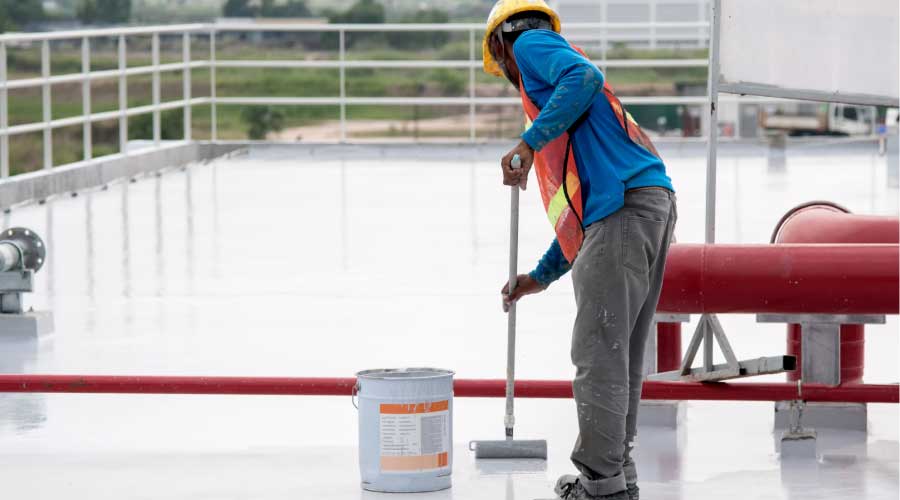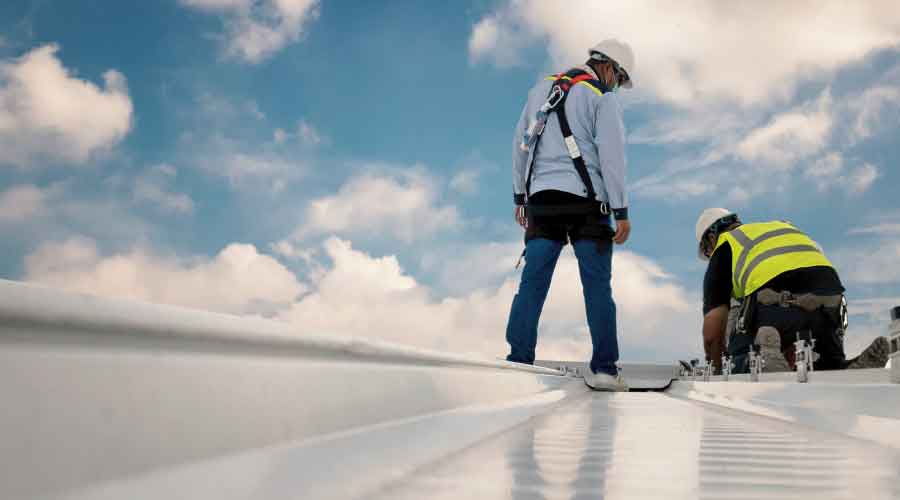Roofing Systems: Membranes, Installation, and Coatings Affect Sustainability
Product Focus: Sustainable Roofing
The language of roofing has changed, and the talk is about sustainability.
“Only a few years ago, customers weren’t asking anything about things like Energy Star or the Cool Roof Rating Council,” says Kate Baumann, marketing director with Mule-Hide Roofing Products.
Maintenance and engineering managers specifying roofing systems once focused largely on issues such as first cost, system type, maintenance requirements, and warranties. While those issues still are important, sustainability-driven considerations, such as life-cycle cost, reflectivity, energy management, and volatile organic compounds (VOCs) have pushed them down the list of priorities.
“We’re definitely seeing an increased focus (on sustainability) in the marketplace,” says Michael Gray, national sales manager with RoofMart International. “LEED is becoming a bigger buzz than ever.”
As sustainability evolves, it is changing the questions managers need to ask about roofing systems and the decisions they will make.
Cradle to Grave
Managers and manufacturers of roofing systems alike are looking more closely at the entire life of a roofing system, from manufacturing to disposal. On the front end of this cycle, manufacturers have been replacing potentially harmful materials with those designed to be more environmentally responsible.
“Since the early ‘90s, we’ve been looking at the use of raw materials to enhance sustainability and performance,” says Thomas Bauer, product manager with The Garland Co. The company now uses more ground rubber from discarded tires as filler material, and it uses ground glass bottles instead of sand.
It is not only the membrane and system choice for a roof that impacts sustainability but also choices in installation and coating. For example, new pre-taped, ethylene propylene diene monomer (EPDM) systems eliminate the need for tape primers that contain VOCs, Baumann says.
Manufacturers also are rolling out new adhesives, sealants and primers with few or no VOCs to help improve air quality and meet more restrictive regulations in California, the Northeast U.S., and elsewhere.
On the back end of a roof’s life cycle, manufacturers have been making changes aimed at minimizing disposal costs and the flow of waste to landfills.
“EPDM can be reused many times, which can earn up to 12 LEED points,” Baumann says. “The finely ground material is also recycled back into roof walkway paths and synthetic roof tiles. White, single-ply membranes are also recyclable, since they can be re-ground.”
Related Topics:















